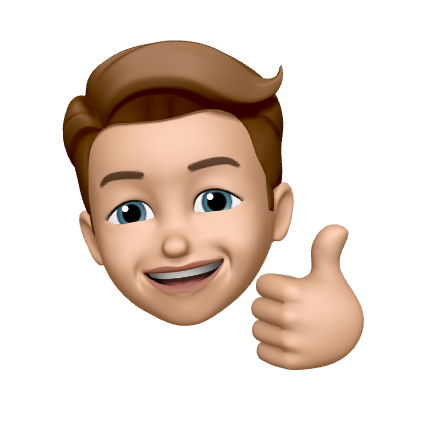The article focuses on the intersectionality of being black and disabled, and the under-representation in both identities.
I think my key take away from reading this interview is the fine line I need to walk as an ally to any marginalized group where I may have privilege (particularly as a white male) is to not over power or be louder than their voice, but to amplify their voice and make sure that they are seen, heard and represented.
I as an individual and UAL as an institution need to ensure that the representation and amplification of marginalized voices is constant, embedded within the curriculum, our sessions, references and everyday actions. Not as Vilissa puts it, as ‘hot topic of the month’. It’s every month and everyday. Everyday I need to work on doing what I can to represent and amplify the voices of my students, who are diverse and who deserves to been seen, heard and celebrated!
The article speaks on one combination of identities that make up a specific intersectionality, from here there are further protected characteristics that can be layered on top, eg. Gender, sexual orientation, class, religion that warrant further conversation. Which I hope we will cover in future discussions as part of the Inclusive practices unit.
